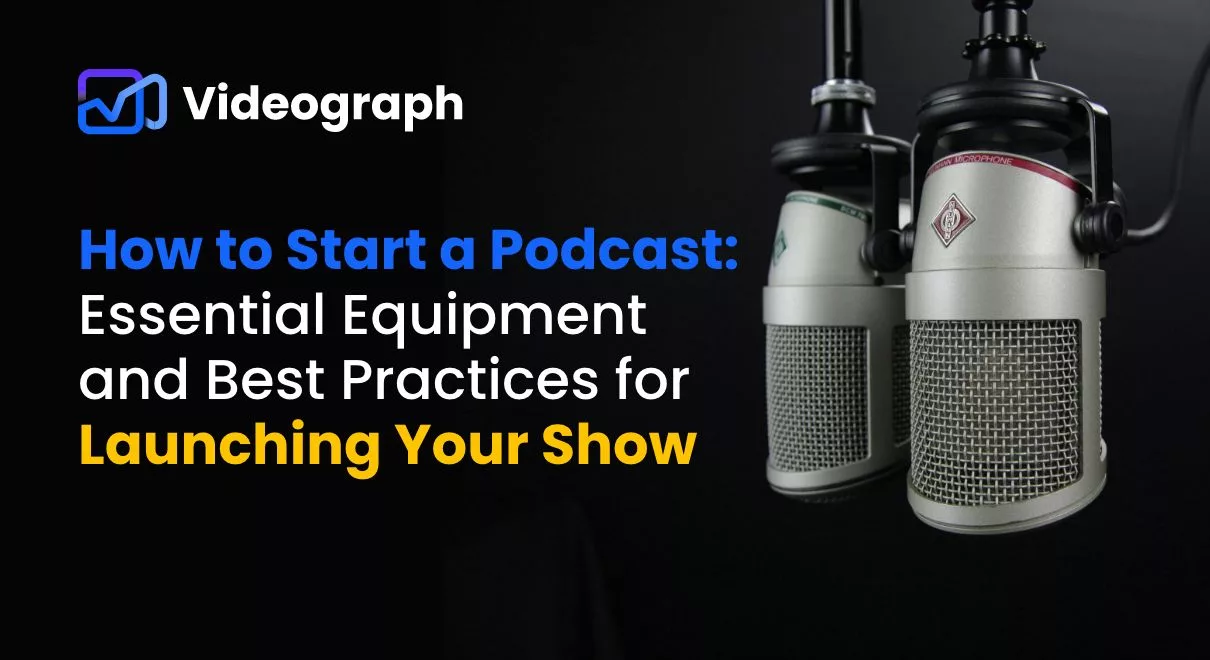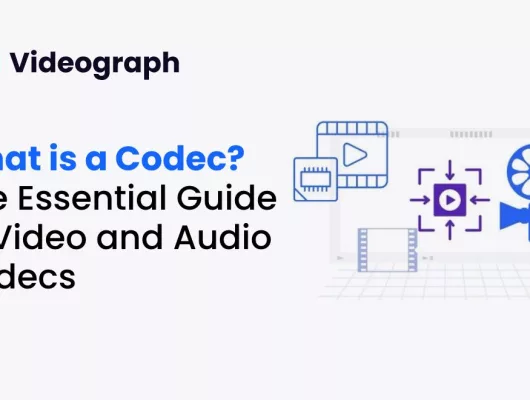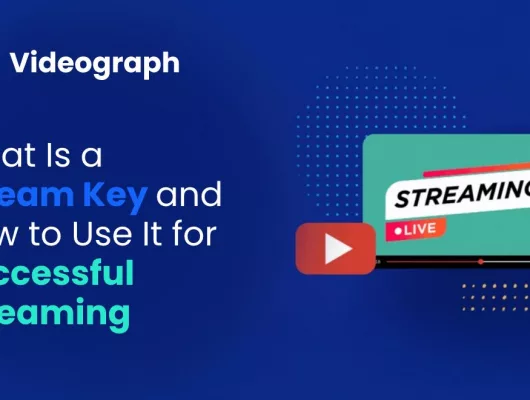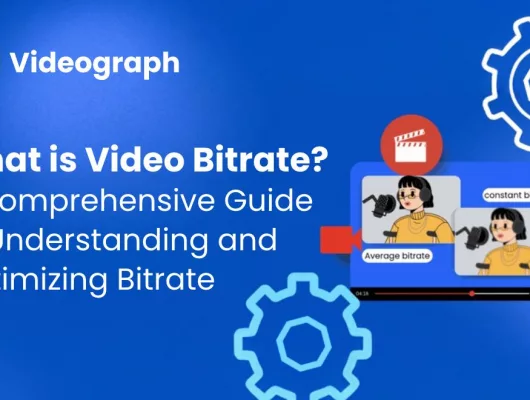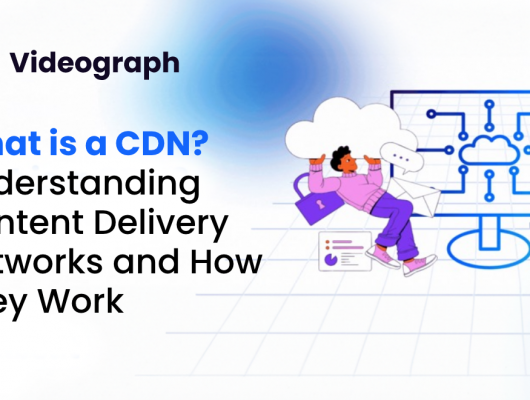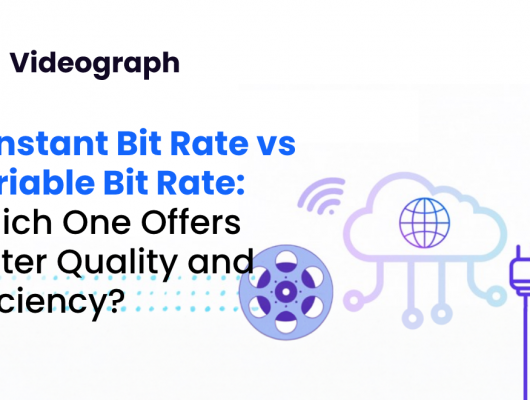These days, you must have been hearing a term again and again called Podcasts. Not just that, you might have also become a part of the podcast-listening community, and rightly so. The number of podcast listeners has surpassed 500 million in 2024. That is an 8.7% increase from the previous year.
Now that you know how popular podcasting is today and how it is only going to grow in the coming years, starting your show can be a great idea. A podcast is also an exciting path, allowing you to share your ideas, connect with an audience, and even build a personal or professional brand. But before you hit the podcast record button, there is some important stuff you should know about the equipment and best practices that can set you up for success.
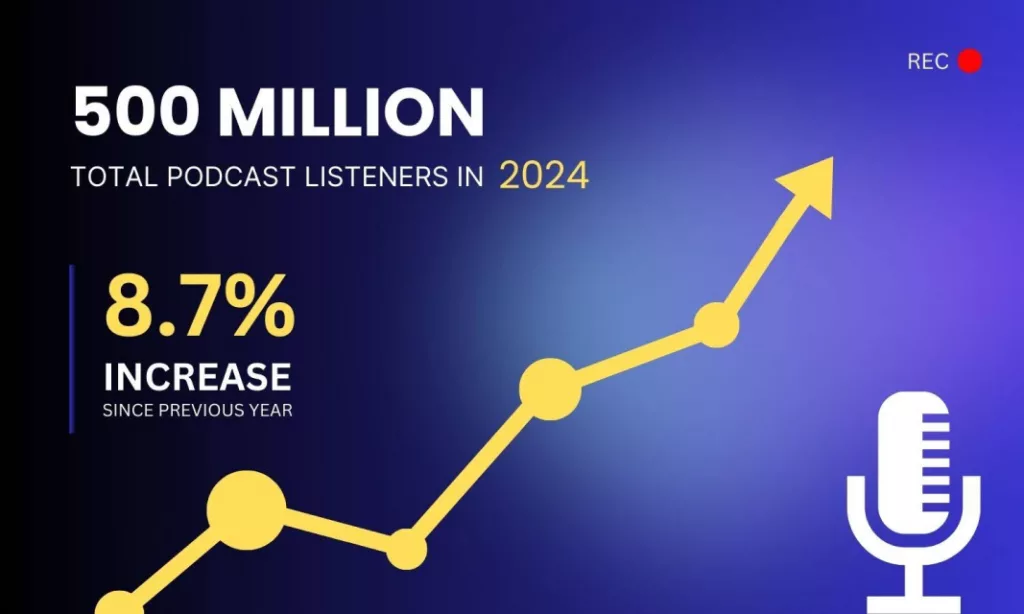
That is what this blog piece is all about. Let’s walk through everything you need to know to launch a podcast that sounds great and keeps your listeners coming back for more.
Understanding Podcasting
What is a Podcast?
Like a radio show, you can listen to a podcast any time you want. It is a series of spoken-word content that can cover various topics, from storytelling to interviews to expert advice. Podcasts are available as videos as well as audio, but they are usually available as audio files that you can download/stream on various platforms.
Types of Podcasts

There are several types of podcasts to consider:
- Interview-Based: These podcasts include conversations with guests about different topics.
- Narrative: These podcasts have story-driven content that often includes multiple episodes.
- Solo: The solo podcast has one person sharing insights, opinions, or stories.
- Roundtable: This includes a bunch of people discussing topics and sharing insights and experiences.
- Hybrid: This means several kinds of podcasts combined into one.
Benefits of Podcasting
Starting a podcast can help you:
- Build your brand,
- Reach a broader audience, and
- Research further into topics you are passionate about.
It is also a great way to establish yourself as an authority in your field or just have fun sharing your interests with the world.
Planning Your Podcast
Choosing a Niche: Pick a topic that you are passionate about and that will interest your audience. Staying motivated and producing great content is easier when you love what you are talking about.
Defining Your Audience: Think about who will be listening to your podcast. What are their interests? What problems are they looking to solve? Understanding your audience will help you deliver content that fits their needs.
Developing a Format: You need to decide how your podcast will be structured. Will you have episodes that are short and snappy or long and in-depth? How often will you release new episodes? When you have a clear format, it will help keep your podcast organized and consistent.
Creating a Content Plan: Plan out your episodes in advance. Create a list of topics, possible guests, and any key points you want to cover. A content plan helps you keep on track and ensures you always have something interesting to discuss.
Essential Equipment for Podcasting
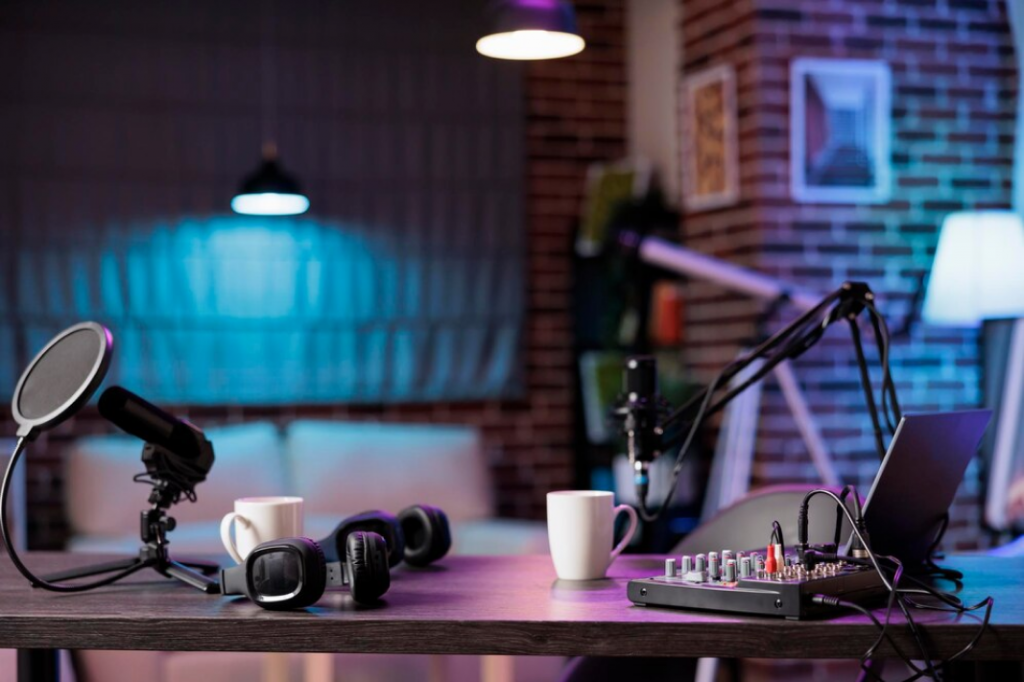
Microphones: Your microphone is one of the most important pieces of equipment when recording a podcast. Dynamic microphones are great for recording in less-than-perfect environments, whereas condenser microphones are ideal for capturing detailed sound in a controlled space. Assess your budget and recording needs and accordingly choose a microphone that fits.
Headphones: A good headphone is essential for monitoring your audio while recording and editing. It can help you catch issues like background noise or audio imbalances.
Audio Interface: This equipment connects your microphone to your computer and converts the analog signal to digital. It is crucial for getting high-quality sound into your recordings.
Pop Filters and Shock Mounts: Pop filters reduce plosive sounds (like ‘p’ and ‘b’ sounds) that can make your audio pop and distort. Shock mounts help reduce vibrations and handling noise, keeping your audio clear and professional.
Recording Software: The next step is recording and editing your podcast. There are several great options available for that. Audacity is a popular free choice, while Adobe Audition offers more advanced features. You can select one as per your budget and requirements.
Additional Gear: You can also consider optional equipment like boom arms to hold your microphone and soundproofing materials to improve your recording environment.
Setting Up Your Recording Space
Choosing a Location: Pick a quiet place to record your podcast. Avoid background noise or echo. A small, cozy room with soft furnishings is often ideal.
Soundproofing: Add soft materials like carpets, curtains, or foam panels to minimize background noise and echo. This addition will help ensure your recordings sound clear and professional.
Setup and Configuration: When you start setting up your equipment, follow the manufacturer’s instructions. Test your microphone, headphones, and recording software to make sure everything is working smoothly before you start recording.
Recording Your First Episode
Preparation: Before you record, plan what you are going to say. Write a script or at least an outline to help guide your discussion and keep you on track.
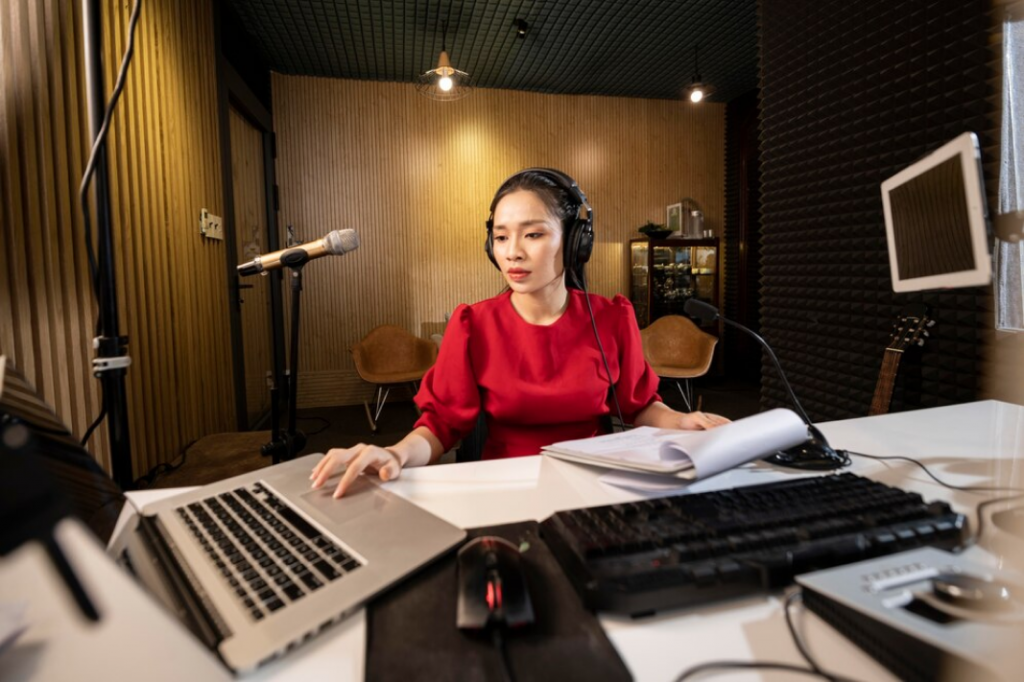
Recording Tips: Speak clearly and keep your pace steady. Take your time, and do not rush. Know that it is okay to pause and collect your thoughts if needed.
Editing Your Episode: Edit your recordings to remove any mistakes or awkward pauses. You can use the recording software’s tools to enhance audio quality and ensure your episode flows well.
Publishing and Hosting: Choose a good podcast hosting platform to upload your episodes. Make sure to provide a clear and engaging description for each episode to attract listeners.
Best Practices for a Successful Podcast
Consistency: Before you start releasing the podcast episodes, set up a schedule so you release regularly and keep your audience engaged. Keeping a consistent routine will help you build trust and anticipation among your listeners.
Interesting Content: Create content that is interesting and resonates with your audience. You can also ask questions, share stories, and provide insights that keep your listeners hooked.
Promotion and Marketing: You should also have a promotion strategy for your podcast. You can use social media, your website, and other channels for this. You can also collaborate with other podcasters to grow your listener base.

Listener Engagement: Connect with your listeners by asking for feedback and responding to their comments. You are building a community around your podcast to enhance listener loyalty and engagement.
Common Challenges and How to Overcome Them
Technical Issues: Poor audio quality or recording glitches are some common issues that can be frustrating. Make sure your equipment is set up correctly, and test everything before you record.

Content Creation: Are you struggling with ideas, or do you have writer’s block? In that case, keeping a list of potential topics can help. Do not be afraid to brainstorm with others or seek inspiration from other podcasts.
Audience Growth: Building an audience takes time so focus on creating content with quality and promoting your podcast through multiple channels to ensure your consistent efforts pay off.
Conclusion
Starting a podcast can be a fun but rewarding way to share your voice with the world (literally). By understanding the equipment involved, planning your content schedule, and following the practices mentioned above, you can have a successful podcast on your lap.
FAQs
What equipment do I need to start a podcast?
You will need a good microphone, headphones, an audio interface, and recording software. Gears like pop filters and shock mounts are optional but can improve audio quality.
How can I choose a podcast hosting platform?
Choose a podcast hosting platform that fits your requirements and budget. You can consider factors like storage, ease of use, and distribution options.
What are some best practices for recording high-quality audio?
- Speak clearly
- Use a quiet recording space
- Ensure your equipment is set up correctly
- Edit your recordings to remove errors and enhance sound quality
How can I grow my podcast audience?
Social media platforms, collaboration with other podcasters, engaging with your listeners, consistent content, and effective marketing will help build your audience over time.
Additional Resources
- Podcasting Tools: Audacity and Adobe Audition for recording and editing.
- Templates and Checklists: Download planning templates and checklists to stay organized and ensure you have everything you need.


